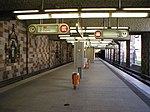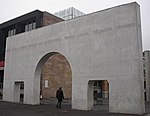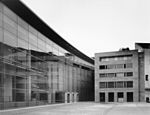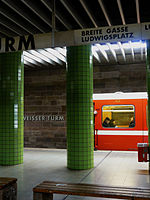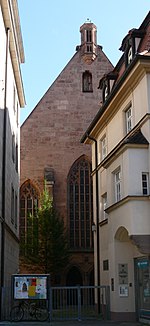Staatstheater Nürnberg
1905 establishments in BavariaArt Nouveau architecture in GermanyArt Nouveau theatresBavaria building and structure stubsBuildings and structures in Nuremberg ... and 4 more
German theatre (structure) stubsTheatres completed in 1905Theatres in BavariaTourist attractions in Nuremberg
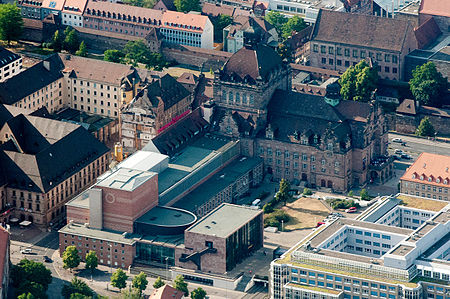
The Staatstheater Nürnberg is a German theatre company in Nuremberg, Bavaria. The theatre is one of four Bavarian state theatres and shows operas, plays, ballets and concerts.
Excerpt from the Wikipedia article Staatstheater Nürnberg (License: CC BY-SA 3.0, Authors, Images).Staatstheater Nürnberg
Richard-Wagner-Platz, Nuremberg Tafelhof
Geographical coordinates (GPS) Address Nearby Places Show on map
Geographical coordinates (GPS)
| Latitude | Longitude |
|---|---|
| N 49.446388888889 ° | E 11.075277777778 ° |
Address
Richard-Wagner-Platz
Richard-Wagner-Platz
90443 Nuremberg, Tafelhof
Bavaria, Germany
Open on Google Maps
